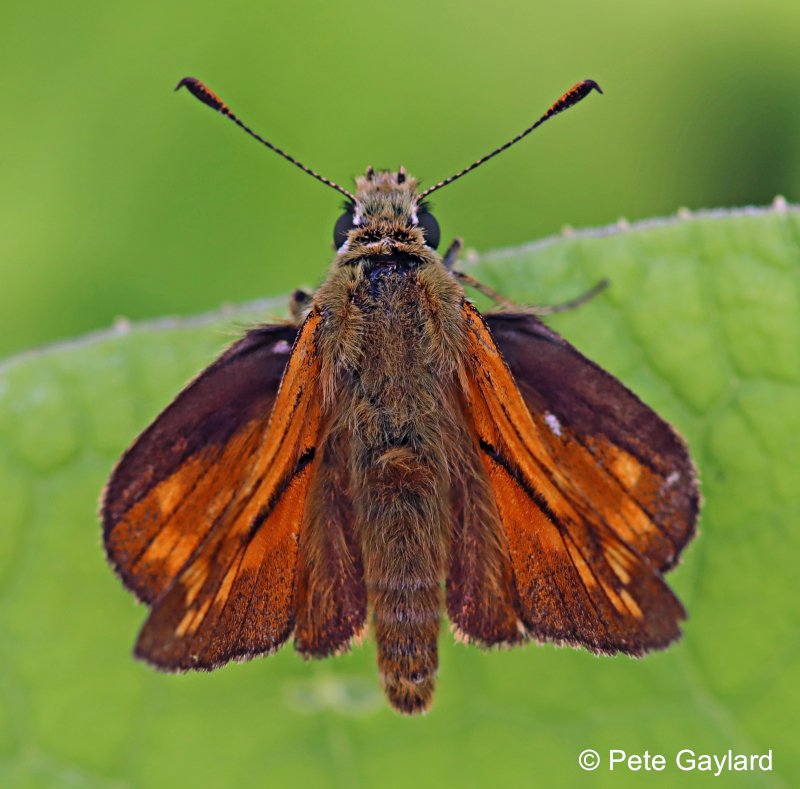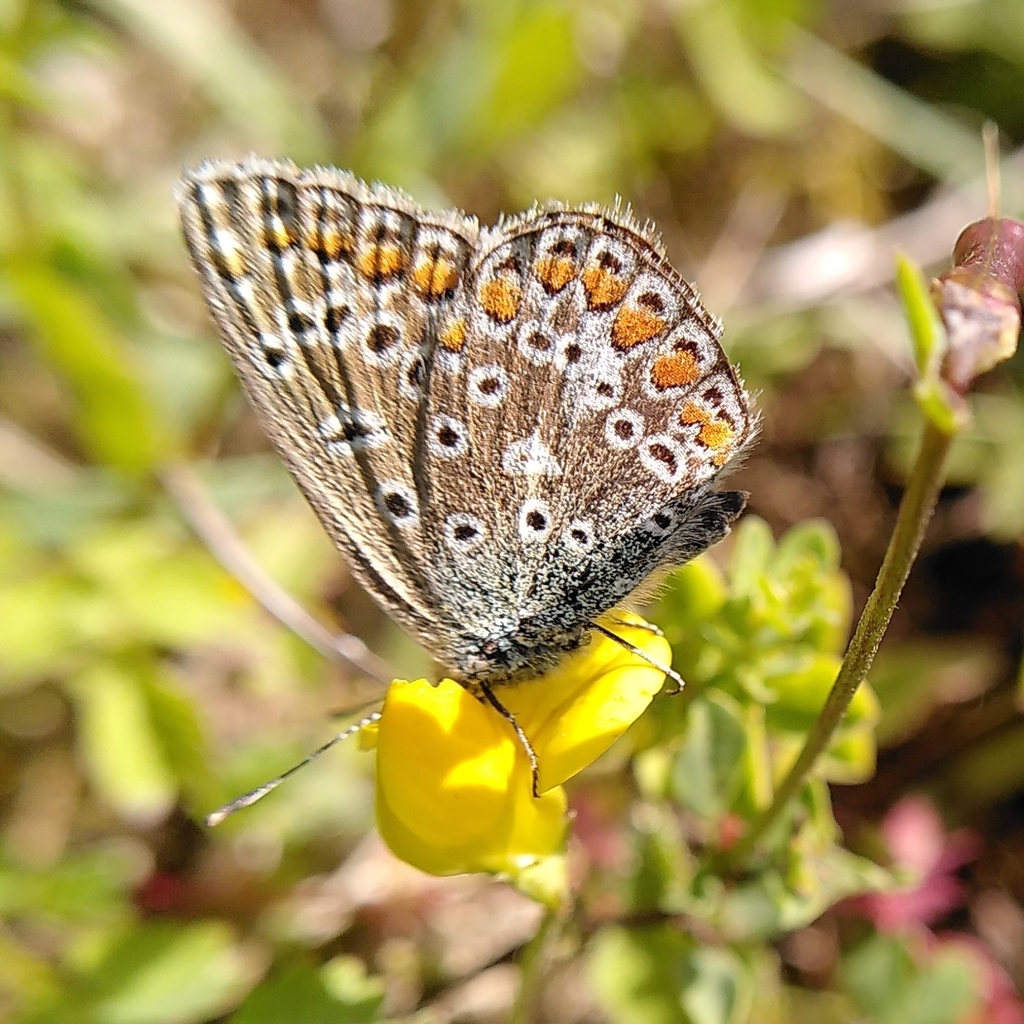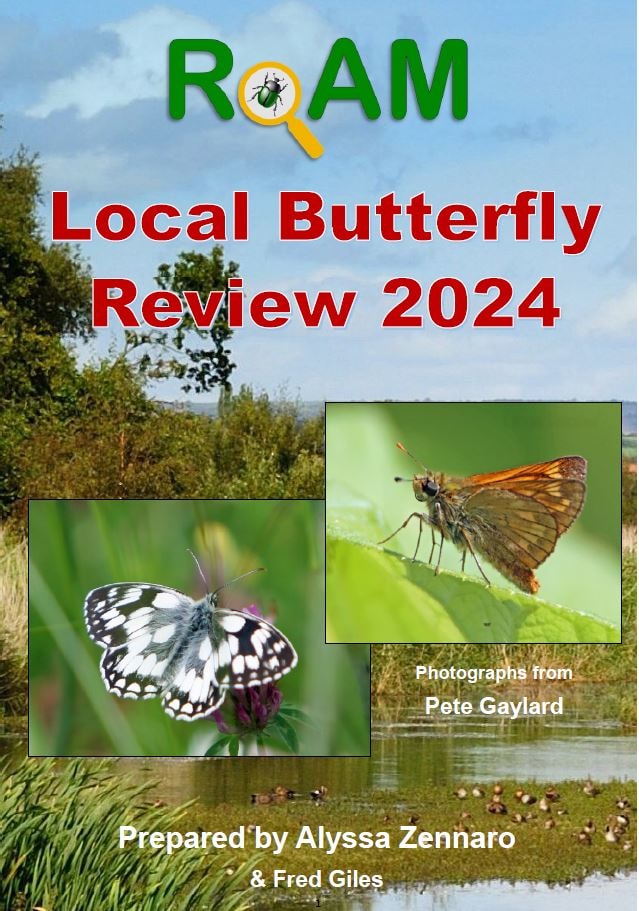Butterflies
Recording butterflies on the Somerset Levels
Butterflies are probably the best insect group that serve as bio-indicators, reflecting changes that result from both man-made and natural causes. With no previous experience most people can quickly learn to identify most of the local species within their first year and, with practice, become efficient by their second year. This cannot be said for many groups of insects that are equally impacted by environmental change but require much more practice to be recorded accurately.
Many wildlife studies talk about the term ‘bio-indicator’ without explaining what is meant. Knowing what is happening to populations needs high quality data collected over a long period. Annual variations are often nothing more than fluctuations which can be localised. However, trend data comes from years of following a consistent recording protocol and collating information from multiple sites.
UK butterfly species
There are (arguably) 59 species of butterflies living in the UK, some extremely rare and within specialised habitats but around 30 species are regular inhabitants of many locations, most as breeding populations though there are some that are migrants. A rich site will support 32 species but even a modest site will, surprisingly, support a diversity of 15 or 16 species throughout the year.


Recording emergence dates
Some butterflies overwinter as adults and are the first to emerge whilst others will overwinter as eggs, caterpillars or pupae. The emergence dates are dictated by environmental factors and comparing adult flight times year-on-year will provide valuable information. Population numbers are impacted by multiple factors including predation and parasitism but also by availability of food supply. Whilst a few adults are very specific in their food plant, others are less so but that’s not the case for the caterpillars which will depend on just one or two very specific plants on which to develop.
Counting butterflies
By counting butterflies, volunteers really contribute to monitoring change. The more sites we count the greater the value of the data – and it’s enjoyable! RoAM encourages teams to look after a survey site, giving members greater engagement and providing a great social opportunity. Each survey is conducted by 2 or 3 people on a rota basis so that commitment is not too onerous. This also ensures there is a succession of people who know the site.


Entering and analysing data
It’s not all about counting – crucial roles are also carried out at the desk so absolutely anyone with a computer can get involved. Without this being conducted, the data goes nowhere. There are two roles: one is entering the data onto the website for the UK Butterfly Monitoring Scheme and the second role is analysing the data to produce a site and regional report. It is only by comparing local sites that management staff can determine issues that need attention so it really is a great contribution to protecting butterflies.
Helping to protect butterflies
Whatever your skill level or physical ability you can help protect butterflies and our environment. The action to do this starts at local level. Click the button below to get more information on how you can help.